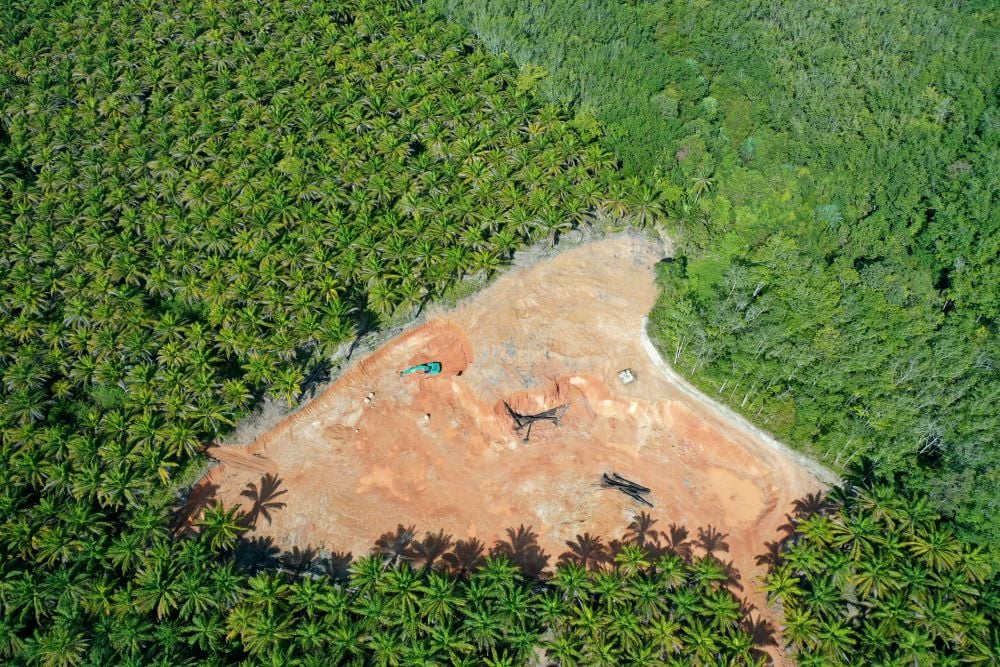
Europe appears to be taking the lead in ESG debt-labelling “creativity” that seems to be spiralling – and not necessarily to the market’s benefit. Could it in fact undermine ESG market integrity?
Here are a few strands that have crossed my desk in recent weeks and months. To be clear, I am making no comment about the ESG claims of any of the bonds mentioned below. But I am wondering about the benefit of labels that are seemingly geared as much to creating world-first marketing opportunities for issuers as to solving ESG challenges.
SpareBank 1 SMN, which sold its debut green bond in September (a 500-million-euro (US$554 million) seven-year senior preferred), scheduled a breakfast in Oslo on October 23 co-hosted with the Marine Stewardship Council (MSC). The purpose? To present what it said were the world’s first blue-green bonds. It defined these as a subset of green bonds – and I guess by extension therefore a sub-set of blue bonds – focused on strengthening marine conservation and sustainable fisheries in support of sustainable development goal (SDG) number 14 which focuses on life below water.
As the blue-green bond breakfast was happening, Deutsche Kreditbank was visiting Paris, Amsterdam, Frankfurt, Helsinki and Vienna presenting its debut blue-social covered bond ahead of a potential 500-million-euro offering to refinance loans to clients managing water and waste-management facilities in Germany. This will be issued under the issuer’s social bond programme.
So these two bonds are focused on water. How are they different in a water context to the water bonds sold in September by Nederlandse Watershapsbank, the agency owned by Dutch public authorities? Are they comparable? On what basis? How do the relative benefits and modelled environmental impacts stack up? And over what time period?
Concurrently with the blue bond meetings, NORD/LB Luxembourg was marketing a renewable energy covered bond in some of the same cities: Hamburg, Hanover, Frankfurt, Vienna, Munich, Paris, Helsinki, Copenhagen and Luxembourg. The planned 300-million-euro bond will be – you’ve guessed it – another world first.
In September and October, we had Italian energy company Enel selling US$1.5 billion and 2.5 billion euros in general-purpose SDG-linked corporate bonds claiming to be the world’s first linked to sustainable targets. Proceeds will support Enel’s commitment to achieving corporate targets linked to SDG number 7 (affordable and clean energy); SDG number 9 (industry, innovation and infrastructure); SDG number 11 (sustainable cities and communities) and SDG number 13 (climate action).
In June, Yo Takatsuki, head of ESG research and active ownership at AXA IM, proposed the establishment of transition bonds for brown companies in GHG-intensive industries (such as materials, extractives, chemicals and transportation) with a material ambition to transition but which are not yet at the stage of issuing green bonds.
In July, Brazil’s Marfrig Global Foods, a major beef producer, issued US$500 million in Sustainable Transition Bonds. Proceeds will be invested in sourcing cattle only from farmers who commit to not using slave labour, forced labour or child labour, and who commit to not raising cattle in indigenous reserves, conservation units, blacklisted areas or deforestation areas.
Back in February, Italian gas utility Snam sold 500 million euros in climate action bonds, which it said at the time was the first in Europe. The company opted not to label the bonds green but proceeds were allocated to fund both green investments and investments aimed at improving the environmental impact of its business-as-usual activities.
These labels add to a long list of existing labels. A lack of standardisation plus mixed transparency and disclosure quality are already holding back even more accelerated growth in the ESG debt capital market, in my opinion. Adding a spurt of marketing-driven labelling creativity by issuers anxious to create “firsts” poses two risks.
First it risks turning a market that can contribute so much to meeting ESG challenges into something of a circus driven by issuer exhibitionism that leads to a second risk: market fragmentation. Labelling proliferation works against the market’s integrity.
In posing these questions, I’m not arguing in favour of a monolithic one-size-only green bond market. It should be a market where investors and issuers can find ESG accommodation, be that financing ESG assets or corporate ESG targets.
I guess my questions are these: is the flourishing industry in labelling and sub-labelling obfuscating ESG market unity? Is this divisive?
While I can understand issuer motivation for using labelling to stand out from the crowd, I do wonder how much they think about investors and other stakeholders, and the work investors in particular have to put in a) to conduct due diligence on and understand their new label; and b) figure out how one label stacks up against a similar-sounding one.
Timing here is an issue. The environmental bond market as we know it could be facing existential issues if general-purpose corporate bonds focused on ESG or SDG targets start to emerge in size over time as brown companies in particular – which have avoided the green bond market to date – opt for this market to finance transition rather than ring-fenced designated use-of-proceeds labelled green bonds.
My sense is that stakeholders should be more sparing in their use of sub-labelling in the interests of market wholeness and coherence.









